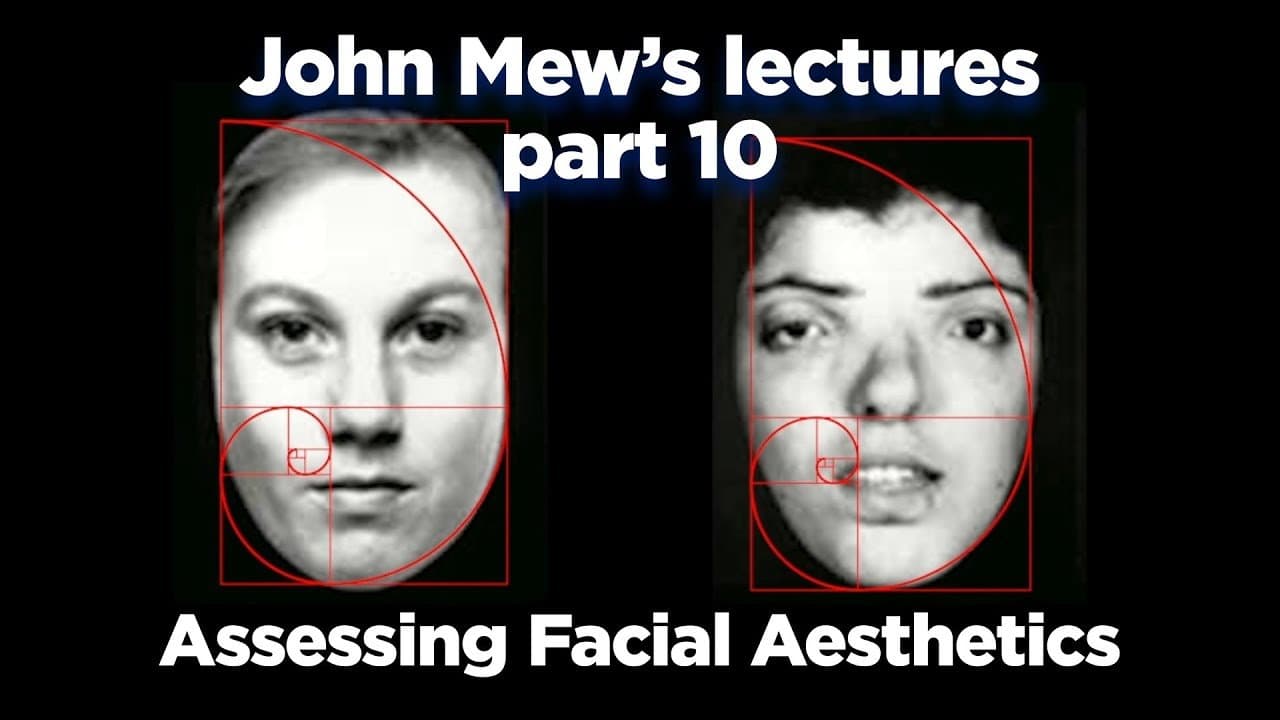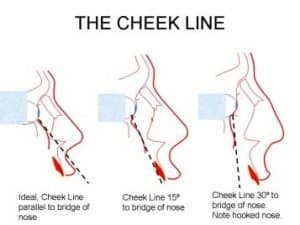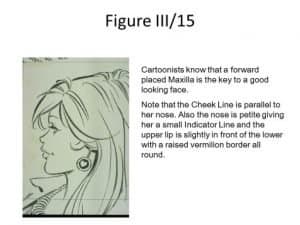

Jul 08,2020
Orthotropics 10. Assessing Facial Aesthetics
In session five we discussed the benefits of an attractive face and how they were related to forward growth and in session six, how the Indicator Line will measure facial development. There are many other ways of recognising facial features. Almost all authorities agree that symmetry is important and many orthodontists and especially surgeons base their treatment on this although most of us are bilaterally different to a greater or lesser extent.
In terms of facial shape, Robert Ricketts attached great importance to the Divine Proportion of just over one point six to one. This is actually the shape of the paper sizes A3, A4, and A5. It is a pleasing ratio and Ricketts showed that it fitted selected features of good looking faces but it also fits many unattractive faces too and I do not think it is very relevant. Another orthodontic measurement is the Nasio-Labial Angle, which looks better if it is near a right-angle and progressively worse as the upper lip drops back.
I personally use the “Cheek Line” which runs down sagittally from the centre of the lower eyelid just touching the soft tissue below. See illustration below. Ideally it should be parallel with the bridge of the nose but if the maxilla drops may run at 15 to 30 degrees to it. Cartoonists use the cheek line to great effect (see Illustration below).



Some orthodontists (Robinson 1986) believe the nose frequently grows after treatment and Behrents (1985) thinks it continues to grow in old age, but I believe both are wrong and it is the visual effect of the maxilla dropping.
In my experience the human eye is better at judging faces than any measurement. When I was assessing the changes to the appearance in identical twins following different types of treatment, it frequently took me some time to see any difference at all. However I was surprised to see that most of the judges agreed with my judgement although they must have had the same difficulty.
We know from the work of (Samuels & Elwy.1985) that even 1 year old babies can recognize a good looking face, suggesting that this appreciation is inborn and not developed as we grow up. My own research has shown that although we all agree about which faces are best looking, we have different preferences when faces are not perfect. This probably accounts for the common belief that “Beauty is in the eye of the beholder”.
Some people are convinced that using 3D images will make assessment easier. I think it may help to measure any changes but despite colour coding will not make it easier to judge attractiveness. Some Far Eastern populations have more prominent zygomatic processes which can look very attractive. However this advantage is soon lost if the maxilla is set back or contracted.
It has taken me years to realise that the prominence of the cheek bone needs to be coupled with the fullness of the alveolar support for the upper incisors and canines. This is only seen when they are well forward and near upright. I am told that alveolar bone does not count as it is only there because of the teeth, but this is semantics as it all goes together to form an outstanding face.
Undoubtedly Good Cheek bones Can give you a great advantage. See below.

Is it possible to scientifically asses facial attractiveness? Prof Mew discussed some aspects of this and suggests that the cheek line shows great promise. He has previously described Beauty as NOT being in the eye of the beholder, in this lecture; https://youtu.be/kC_sjWV-zhc.
Faces that grow well work well and are incidentally attractive. For too long this has been dismissed as a seemingly random event which was just inherited. As it becomes very clear that this is far from true it is important to apply science to the subject and making an objective assessment is part of this. If there are any other topics you want us to cover please let us know.
As a general rule neither Prof or Dr Mew have time to engage in the comments section, their focus must be to gain as much real change and scientific engagement as possible, and this would otherwise consume all their time. If you want to engage with Prof John Mew or Dr Mike Mew on this or other topics then follow these links (if you want a personal opinion on your situation then please book an on-line consultation at https://orthodontichealth.co.uk/book-…
Professionals (of any medical/health discipline); https://www.facebook.com/groups/Ortho… or https://www.facebook.com/groups/Ortho…
Non Professionals; https://www.facebook.com/groups/crani… or https://www.facebook.com/groups/crani…
For more general information please visit; https://orthotropics.com
Please consider joining our Patreon Community: https://www.patreon.com/orthotropics Particularly if you have; 1) gained any benefit from the information that we have provided (usually for free). 2) wish to have the benefits of being a patreon member. 3) believe in, and wish to support our mission to gain full, free and fair debate (engagement) on these issues within the orthodontic and dental community.